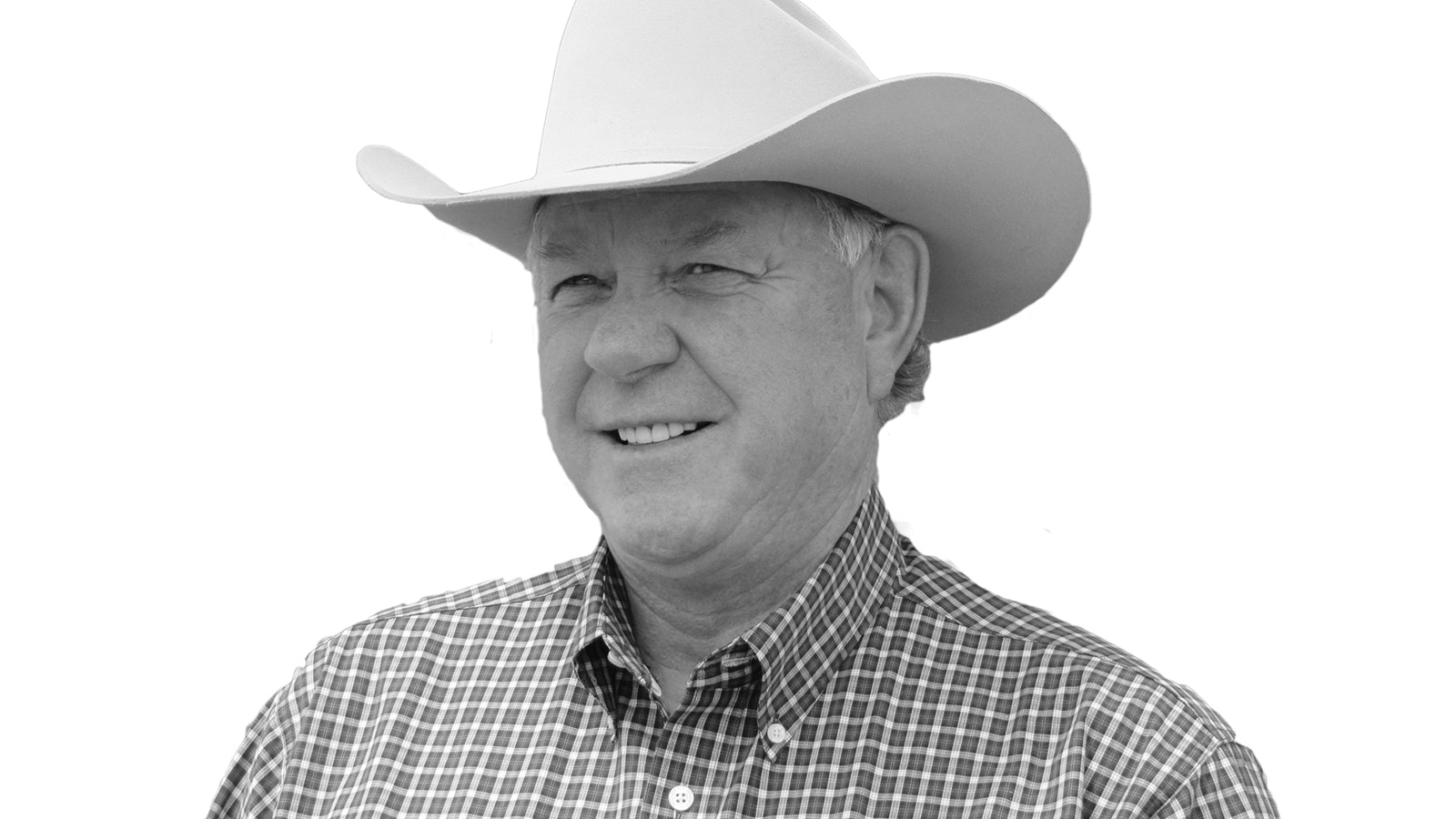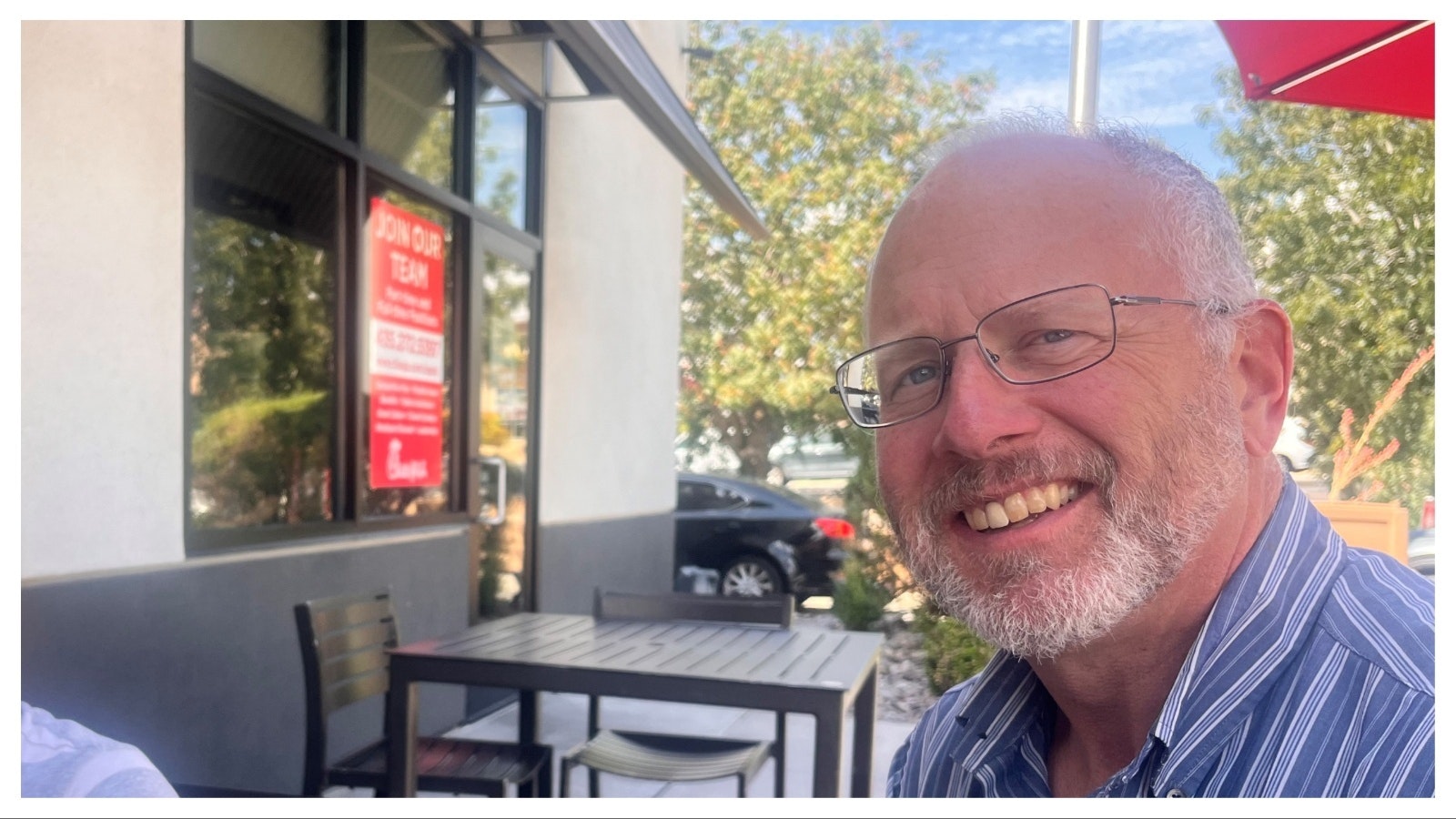The death last week of legendary Wyoming attorney Gerry Spence at age 96 no doubt has long-time observers remembering their favorite Spence stories.
There were plenty of great Spence stories.
And here's my favorite.
I was a lowly assistant city editor at the Casper Star-Tribune in 1981 when one of my bosses, Assistant Managing Editor Bob Messenger, interviewed convicted murderer Mark Hopkinson, who was on Death Row at the penitentiary in Rawlins. Messenger then wrote an opinion column about it.
Hopkinson had been sentenced to life terms for the murders of Evanston attorney Vincent Vehar, his wife Beverly and their son John, and to death for ordering the torture killing of informant Jeffrey Green. Thirty sticks of dynamite destroyed the Vehar home on August 7, 1977, on a night they weren't supposed to be home. And Green was murdered in 1979, days before he was to testify to a grand jury about the Vehar murders.
Messenger wrote about his interview with Hopkinson, raising a number of questions about the trial, and making the familiar claim that Spence – brought in to investigate and prosecute the case when the local investigation stalled – was successful because he “mesmerized” jurors.
After the column appeared in the Star-Tribune, Spence invited Messenger to come to his office in Jackson to discuss the questions Hopkinson had raised in the interview.
Spence already had a remarkable record of success in the courtroom at the time, and would later win verdicts for the family of Karen Silkwood against energy giant Kerr-McGee, for Wyoming coed Kim Pring against Penthouse Magazine (later overturned on appeal), and successfully defending Randy Weaver for his role at Ruby Ridge.
Throughout the 80's and 90's, Spence was larger than life in the courtroom, a legend in legal circles. But he said it had little to do with “mesmerizing” juries. He said he won because of exhaustive preparation, a fact borne out at a Cheyenne trial covered by a friend of mine, in which every day the Spence team walked into the courtroom lugging a dozen or more “banker boxes” full of documents, evidence and minutia supporting their case.
Maybe out of fear that Bob Messenger could be mesmerized by Spence, the decision was made to send me along to the meeting in Jackson. I would be a second set of eyes and ears to record what happened. And what a day it was.
We arrived about noon, and were buzzed in to Spence's office, where precautions had to be taken because of threats against the attorney. We were told the windows were bulletproof glass.
They had lunch ready for us, because Spence told us “a dog won't eat with dogs it doesn't trust.” It was the first time I had an avocado sandwich, but I figured the beautiful people in Jackson ate like that all the time. Spence, who had given up drinking years earlier, had a Near Beer with his lunch.
Spence made sure Messenger sat in an old swivel chair when we sat down to discuss Hopkinson's claims of innocence. It seemed kind of funny that Spence was so specific about where Messenger sat.
Turns out that the old swivel chair had plenty of history in the legal career of Gerry Spence, and in the prosecution of the Hopkinson case.
Spence explained that that chair was his only compensation for taking on the investigation and prosecution of the case against Hopkinson.
It was the courtroom chair used by District Judge H.R. Christmas, who heard the first case Spence argued in court. Spence and his staff worked for two years on the Hopkinson investigation and prosecution, and the sole compensation he requested was that old swivel chair.
And if being seated in that chair wasn't intimidating enough, Spence then brought in his partner, Ed Moriarity, who appeared to have a photographic memory, to bat down every claim Hopkinson had made about his supposed innocence.
Moriarity, who died in 2021, was as impressive as Spence, recounting detail after detail of the investigation and prosecution, laying waste to Hopkinson's claims. Spence liked to call Moriarity “my partner Eddie,” and, “a diamond in the rough.”
But, there's more about that old swivel chair.
Right when Messenger was starting to recount the most damning of the claims made by Hopkinson, he leaned back in that old chair, and it flopped backwards like a catapult, with his feet shooting up in front of him and his arms flailing in the air. Right when he was making his most powerful case to Gerry Spence.
“That's the same thing that used to happen to the judge!” Spence said, with what sure looked to me like glee in his eyes.
Kind of hard to regain your composure, and make your case, after something like that.
In my role as the second set of Star-Tribune eyes and ears in the room, I thought to myself that Spence didn't need to mesmerize anyone. He was the master of detail. And nobody will ever convince me that the old rascal didn't adjust that swivel chair to dump-truck mode before we got there.
Spence and Moriarity were larger than life, courtroom legends, a fearsome combination.
Hopkinson was executed by lethal injection at the penitentiary on January 22, 1992.
And that trip to Jackson was the most fascinating afternoon I ever spent in a news career that has spanned five decades.
If you're interested in the remarkable career of Gerry Spence, I highly recommend “Gunning for Justice,” which he wrote with Anthony Polk, and “Of Murder and Madness,” by Spence. I recently re-read both, and trust me on this, you can't put them down.
Dave Simpson can be reached at: DaveSimpson145@hotmail.com





